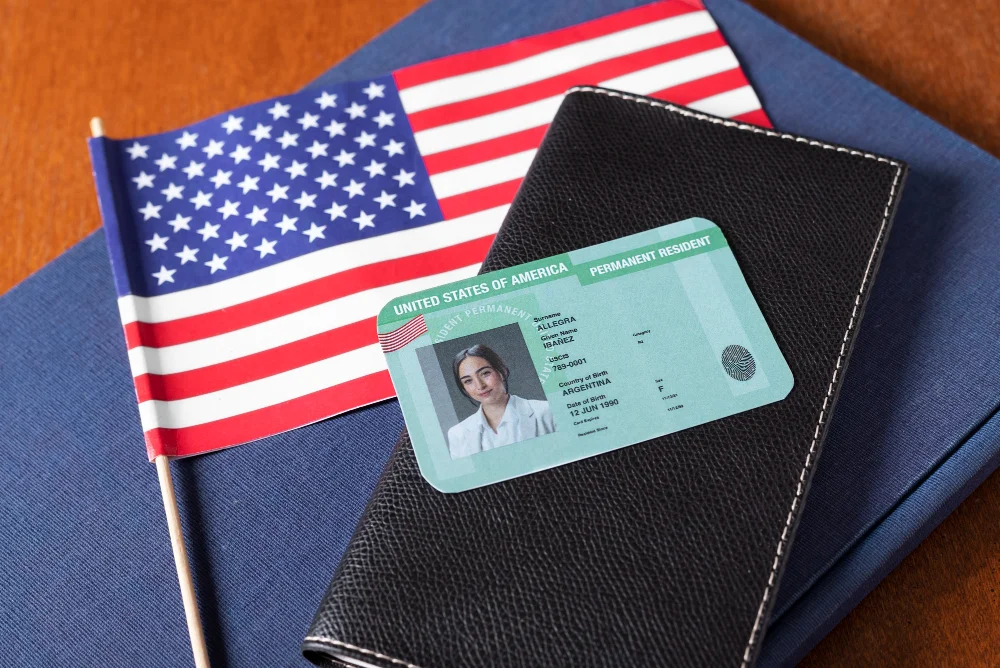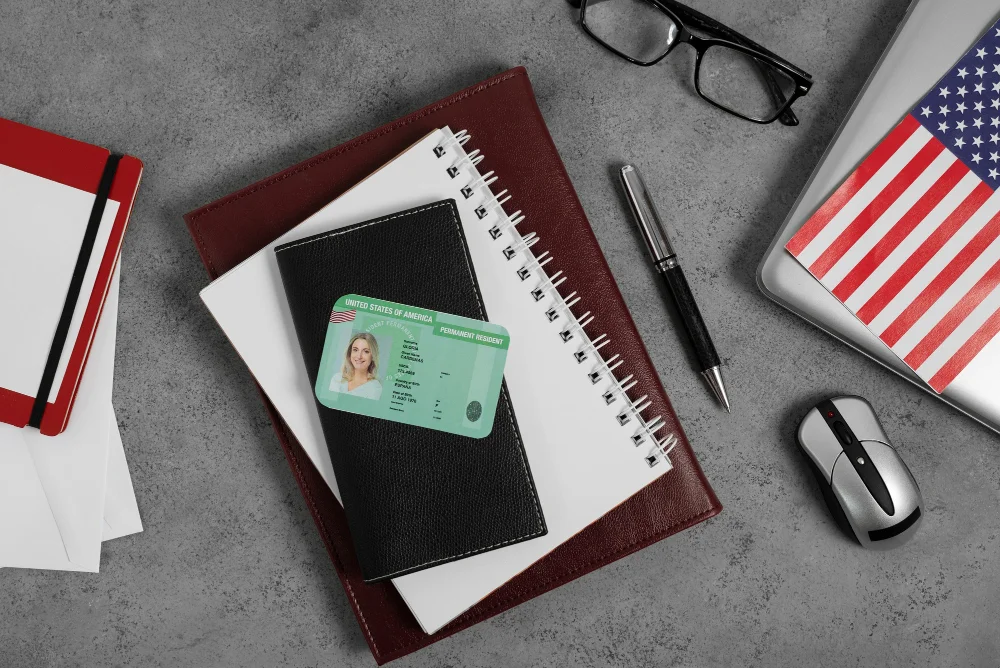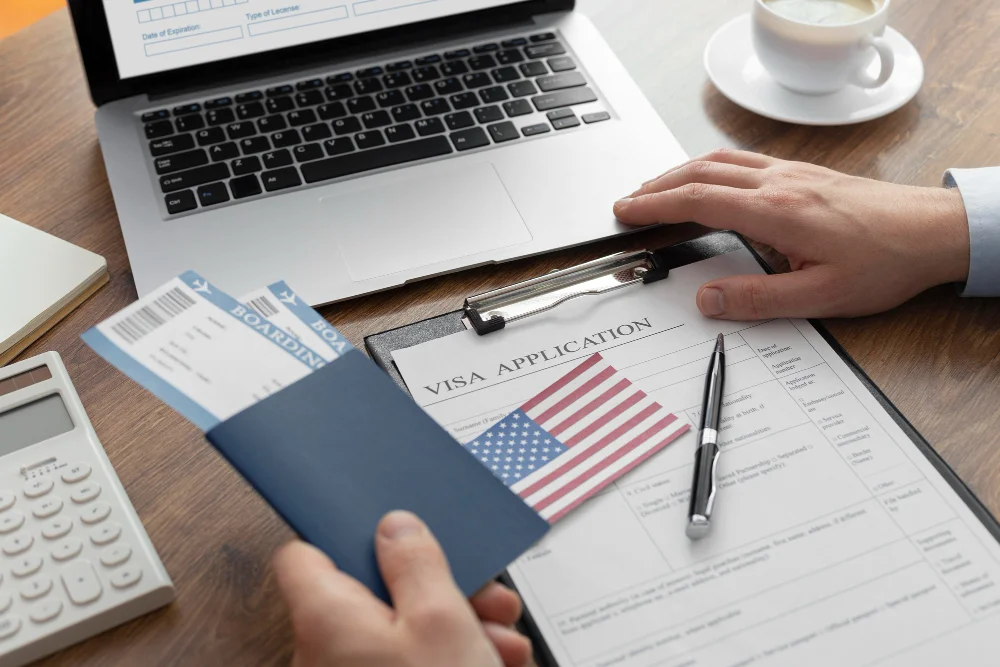The United States travel document is a crucial document for non-citizens who wish to travel legally in and out of the U.S. It acts as a temporary passport. It allows specific individuals to return without losing their immigration status.
Understanding which travel document suits your needs is important. Every traveler’s situation is different. Therefore, choosing the correct form is necessary to avoid problems while traveling.
Moreover, U.S. travel documents are not just about leaving the country; they are also about returning legally. Whether you’re a refugee, green card holder, or asylum seeker, this document plays a vital role in your freedom to travel.
Types of United States Travel Documents
There are several types of United States travel document options available depending on your immigration status. These include the Refugee Travel Document, Re-entry Permit, and Advance Parole.
Each of these serves a unique purpose. It is essential to apply for the correct visa, depending on your reason for travel and your legal status in the U.S.
For example, permanent residents often apply for a Re-entry Permit, while asylum seekers need a Refugee Travel Document. In contrast, those with pending green cards may need to apply for Advance Parole.
When You Need a United States Travel Document

In many cases, people think a green card is enough for international travel. However, in certain situations, a travel document is required. It protects your legal status when you’re outside the U.S.
If you’re a refugee or have temporary status, leaving without this document could mean losing your ability to return. That’s why it’s strongly recommended to check your status before traveling.
Situations Requiring a U.S. Travel Document
- You are a green card holder planning to stay outside the U.S. for over a year.
- You have been granted asylum or refugee status.
- Your adjustment of status (green card) application is pending.
- You want to travel abroad while your immigration case is active.
Applying for a U.S. Re-entry Permit or Refugee Travel Document
Applying for a United States travel document is a process that requires proper timing and correct paperwork. Most applicants use Form I-131. You must be physically present in the U.S. when applying.
Once submitted, your biometrics appointment will be scheduled. You may travel during processing only in limited cases.
To apply, gather identification, immigration proof, and a clear explanation of your travel purpose. The process takes time, so apply early.
Benefits of Holding a United States Travel Document

Having a valid travel document ensures a smooth return to the U.S. It avoids complications at airports or border crossings. This document also confirms your legal stay in the U.S. and facilitates immigration processing upon re-entry.
It shows that you are not abandoning your legal status. Additionally, certain documents, such as the Refugee Travel Document, can even serve as passports in many countries.
Key Mistakes to Avoid When Using a U.S. Travel Document
Many people overlook key steps in the application process or misuse their travel documents. This can lead to delays or even denial of re-entry.
It’s crucial to follow all instructions and respect the validity period of the document.
Common Mistakes to Avoid
- Leaving the U.S. before the application is approved.
- Using the wrong form based on your immigration status.
- Not understanding the expiration rules.
- Traveling with an expired green card and no travel document.
Validity Period of United States Travel Document
The validity of a United States travel document depends on the type. A Re-entry Permit usually lasts for two years, while a Refugee Travel Document is valid for one year.
It’s important to track expiry dates. Many countries require a minimum of six months’ validity on travel documents.
If your document expires while you are overseas, returning could become difficult. Renewal from outside the U.S. is not always possible.
Differences Between a U.S. Passport and a United States Travel Document

A common misconception is the distinction between a passport and a travel document. The United States travel document is not a U.S. passport.
It is only for non-citizens. It cannot be used for visa-free travel like a passport. However, it does serve as a legal re-entry document.
U.S. Passport
The U.S. passport is issued to American citizens and permits them to travel internationally without restriction. It is valid for up to 10 years. Holders can also receive consular support abroad if needed.
Travel Document
This document is issued to refugees, asylum seekers, or other non-citizens living in the U.S. It allows limited travel and re-entry into the country. It’s typically valid for one year.
Advance Parole
Advance Parole helps immigrants in transition travel temporarily without losing their residency process. It must be approved before leaving the U.S. This document is time-limited and situation-specific.
Can You Travel Without a U.S. Passport or Other Travel Document?
In some cases, yes, but it’s a risky approach. For green card holders staying abroad for less than a year, you may not need one. However, for everyone else, especially asylum holders or applicants, it is necessary.
Traveling without the correct documents can result in denied entry or immigration complications. It’s always safer to carry a valid travel document.
Final Thought on United States Travel Document
The United States travel document is more than a piece of paper; it’s legal protection for your right to return. Without it, many immigrants face delays, confusion, or worse, denial at entry points.
It ensures your immigration process stays on track, even when you are temporarily outside the U.S. Make sure you apply correctly, understand the rules, and stay within your travel rights.
Whether you’re a refugee, green card holder, or applying for permanent residency, this document keeps your future secure. Don’t overlook its importance in your journey. Always stay updated with your immigration status and travel options. With the right preparation, your international trip can remain stress-free and legal.










